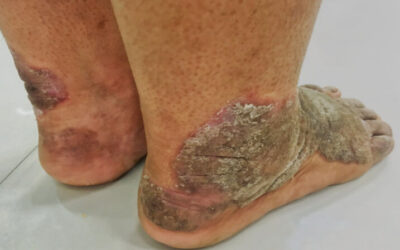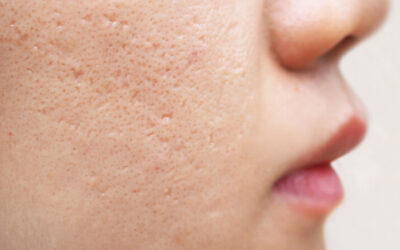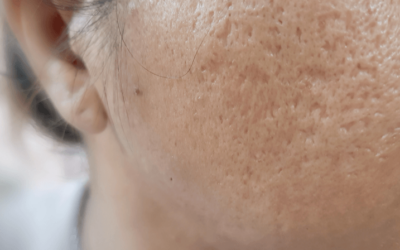Our skin is covered in tiny oil glands called sebaceous glands. These glands produce sebum, an oily substance that helps keep our skin healthy and hydrated. When these glands become enlarged, they are called sebaceous hyperplasia.
If you have sebaceous hyperplasia, you know that the small, yellowish bumps on your skin can be both unsightly and frustrating. The good news is that there are a number of things you can do to get rid of it and restore your skin’s natural balance.
What is sebaceous hyperplasia?
Sebaceous hyperplasia is a common, benign (non-cancerous) condition that affects people of all ages. It is most often seen in middle-aged adults but can occur at any age. The exact cause is unknown, but it is thought to be due to a combination of genetic and hormonal factors.
Sebaceous hyperplasia usually appears as small, yellowish bumps on the skin. They are most commonly found on the face, especially the nose, cheeks, and forehead. These bumps can range in size from a few millimeters to a few centimeters.
While sebaceous hyperplasia is not harmful, many people choose to treat it for cosmetic reasons. There are a number of effective treatments available that can help to reduce the appearance of sebaceous hyperplasia and restore your skin’s natural balance.
What causes sebaceous hyperplasia?
There are plenty of reasons why someone would be diagnosed with sebaceous hyperplasia.
Such causes of this disease are:
- Aging: This is the most common cause of sebaceous hyperplasia. As we age, our skin produces less oil, which can lead to the enlargement of sebaceous glands.
- Hormonal changes: Hormonal changes, such as those that occur during pregnancy or menopause, can also cause sebaceous glands to enlarge.
- Certain medications: Some medications, such as corticosteroids and immunosuppressants, can also cause sebaceous glands to become enlarged.
- Genetics: Sebaceous hyperplasia is more common in people who have a family history of the condition.
While the exact cause of sebaceous hyperplasia is unknown, there are a number of things that can contribute to the development of the condition.
Sebaceous Hyperplasia Symptoms
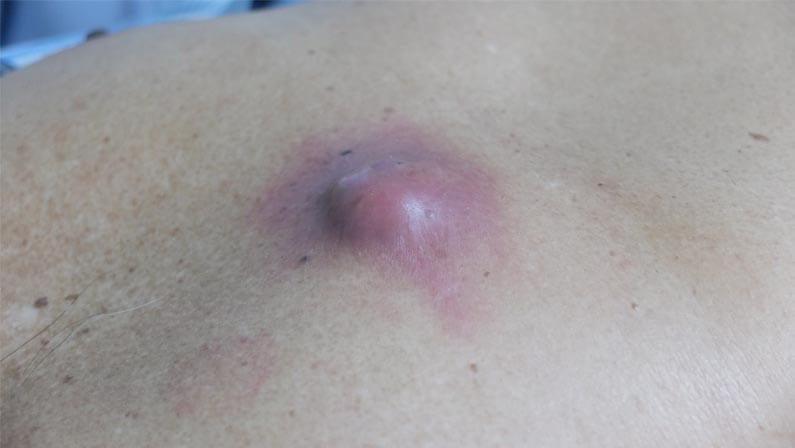
Detecting sebaceous hyperplasia can be pretty easy since the symptoms are quite visible.
Here are some of the most common sebaceous hyperplasia symptoms:
- Small, yellowish bumps on the skin: These bumps are usually found on the face, especially the nose, cheeks, and forehead. They can range in size from a few millimeters to a few centimeters.
- Enlarged sebaceous glands: Sebaceous glands are small, oil-producing glands that are found all over the skin. In people with sebaceous hyperplasia, these glands become enlarged.
- Skin redness or inflammation: In some cases, sebaceous hyperplasia can cause the skin to become red or inflamed.
If you notice any of these symptoms, it’s important to see a doctor so they can rule out other conditions.
Sebaceous Hyperplasia Treatment
There are different and many ways people with sebaceous hyperplasia can treat their condition. Treatments range from home remedies to medical procedures.
Here are some of the most common treatments:
Retinol

Retinol is known to be a strong anti-inflammatory and can help to reduce the size of sebaceous glands.
Facial Peels
Most dermatology clinics offer different types of facial peels. Chemical peels can help to improve the appearance of sebaceous hyperplasia by reducing the size of sebaceous glands and exfoliating the skin.
Laser Therapy
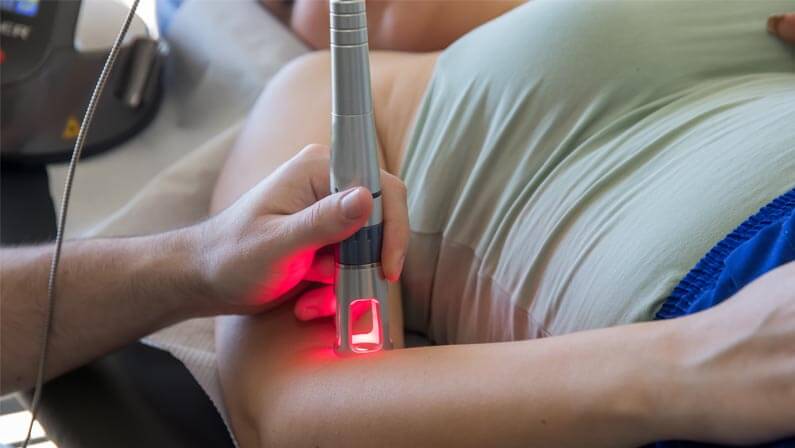
Laser therapy is another option for people with sebaceous hyperplasia. Laser therapy can help to shrink sebaceous glands and improve the overall appearance of the skin.
Cryotherapy
Cryotherapy is a treatment that uses freezing temperatures to destroy sebaceous glands. This treatment is often used for people with large numbers of sebaceous glands.
Electrocautery
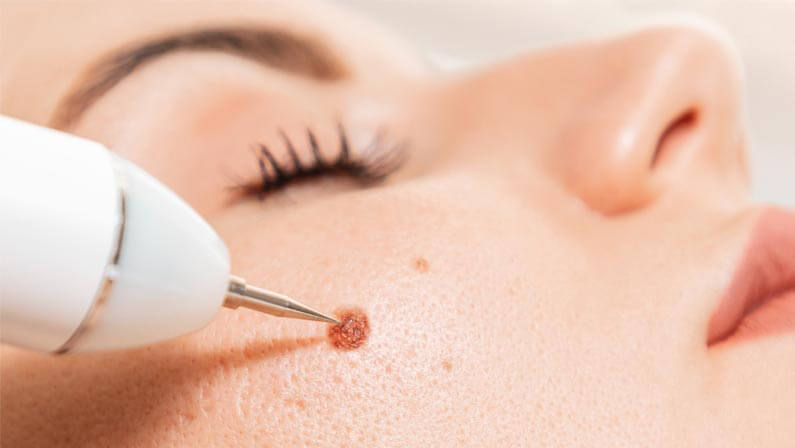
Electrocautery is a treatment that uses heat to destroy sebaceous glands. This treatment is often used for people with large numbers of sebaceous glands.
Photodynamic Therapy
Photodynamic therapy is a treatment that uses light and a photosensitizing agent to destroy sebaceous glands. This treatment is often used for people with large numbers of sebaceous glands.
Antiandrogen Medications
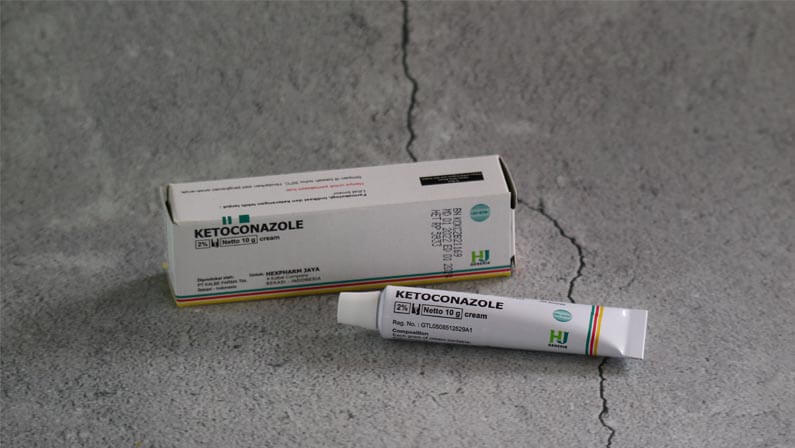
Antiandrogen medications can help to reduce the size of sebaceous glands. These medications are often used for people with hormonal imbalances.
Surgery
In severe cases of sebaceous hyperplasia, surgical procedures may be necessary. These procedures include electrosurgery, cryosurgery, and laser surgery.
Sebaceous Hyperplasia Diagnosis
When you see all symptoms of sebaceous hyperplasia, it is best to visit your dermatologist for further investigation. The dermatologist will most likely perform a biopsy, which involves taking a small sample of tissue from the affected area. This tissue will be examined under a microscope to confirm the diagnosis.
How to Prevent Sebaceous Hyperplasia

There is no sure way to prevent sebaceous hyperplasia, but there are a few things you can do to lower your risk:
- Wear sunscreen: Wearing sunscreen can help to protect your skin from damage and may help to prevent sebaceous hyperplasia.
- Don’t smoke: Smoking cigarettes can damage your skin and may increase your risk of developing sebaceous hyperplasia.
- Manage stress: Stress can cause a hormonal imbalance, which may lead to sebaceous hyperplasia.
If you are concerned about developing sebaceous hyperplasia, it’s important to see a dermatologist for regular check-ups.
How much does it cost to remove sebaceous hyperplasia?
The cost to remove sebaceous hyperplasia will depend on several factors, including the number of sebaceous glands, the size of the sebaceous glands, and the location of the sebaceous glands.
- The number of sebaceous glands: The more sebaceous glands you have, the higher the cost will be.
- The size of the sebaceous glands: The larger the sebaceous glands, the higher the cost will be.
- The location of the sebaceous glands: The location of the sebaceous glands will also affect the cost. If the sebaceous glands are located on your face, the cost will be higher than if they are located on your body.
Treatment options include facial peels, laser therapy, cryotherapy, electrocautery, photodynamic therapy, antiandrogen medications, and surgery. The cost of each treatment option varies and will be discussed with you by your dermatologist.
Have Your Skin Treated Today

If you think you have sebaceous hyperplasia, it’s important to see a dermatologist for proper diagnosis and treatment. With the right treatment, you can improve the appearance of your skin and reduce the number of sebaceous glands.
At Skincare Specialists, we offer a variety of treatments for sebaceous hyperplasia, including facial peels, laser therapy, cryotherapy, electrocautery, photodynamic therapy, antiandrogen medications, and surgery. Contact us today to schedule a consultation. We look forward to helping you achieve beautiful, healthy skin!



